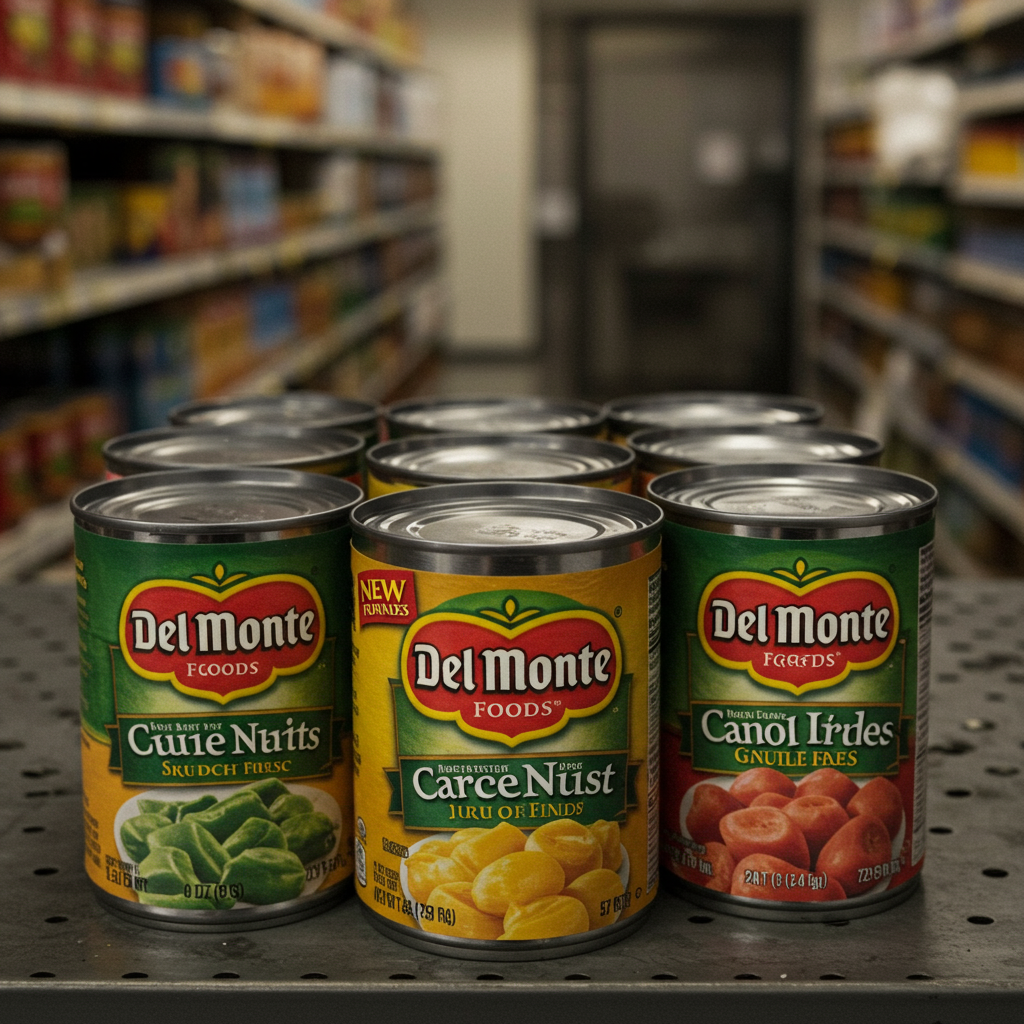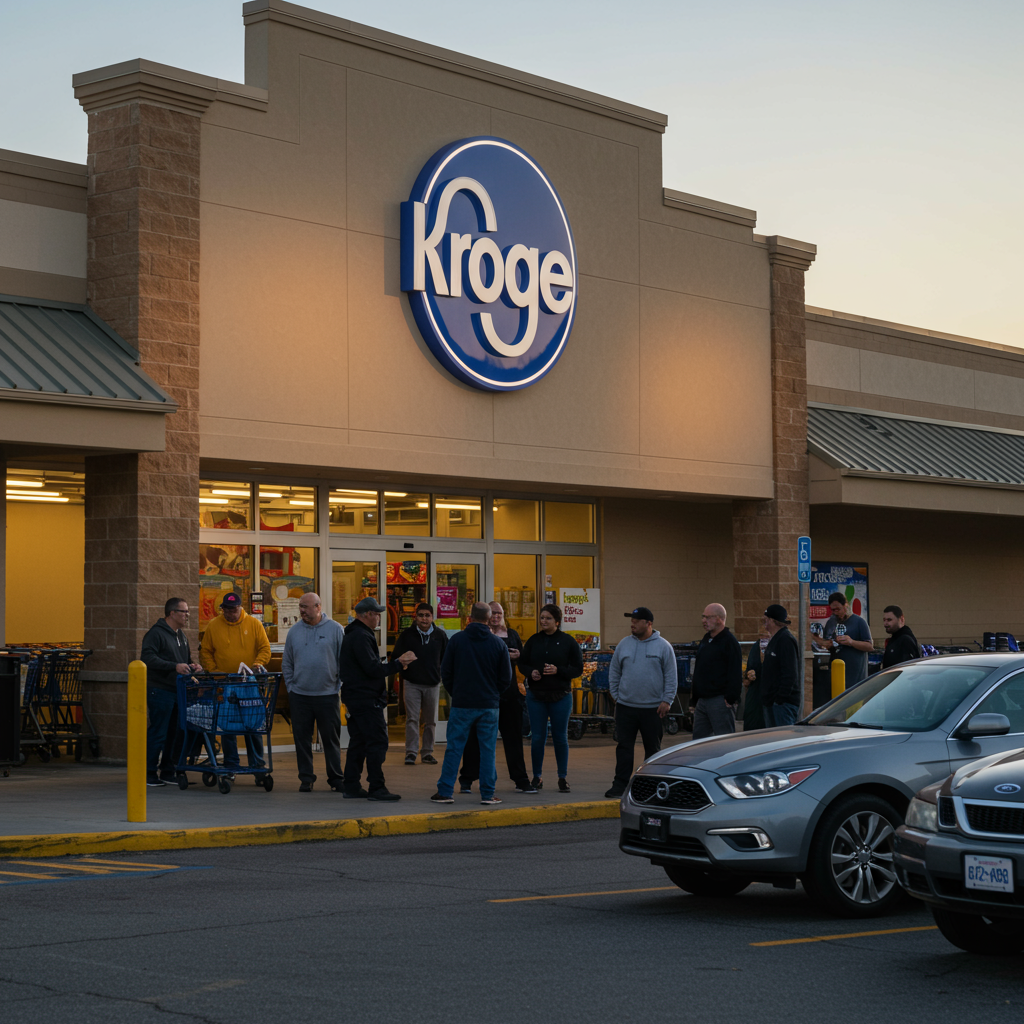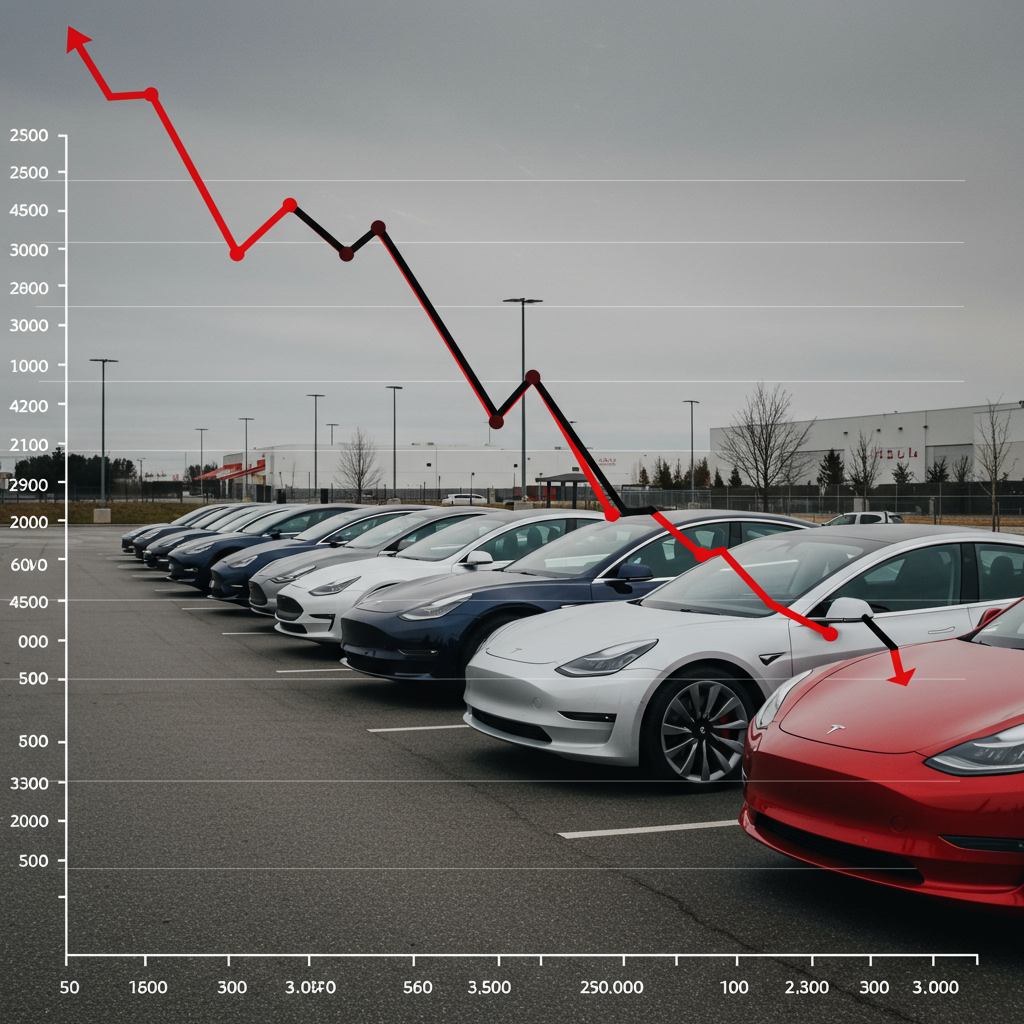Canned food icon Del monte Foods has initiated Chapter 11 bankruptcy proceedings, a dramatic move for the nearly 140-year-old company renowned for its fruits and vegetables found on grocery shelves nationwide. Based in Walnut Creek, California, the filing comes as part of a strategic plan aimed at accelerating a turnaround by pursuing a court-supervised sale of the business. This decision follows years of mounting financial pressures and significant shifts in the consumer market.
The company, which also owns brands like College Inn broths and Contadina canned tomatoes, announced the bankruptcy and planned asset sale, citing a challenging macroeconomic climate and evolving consumer behavior as key drivers behind the need for drastic action. Despite its strong brand recognition, Del Monte has faced headwinds that have impacted its financial health, ultimately leading to this protective filing.
Navigating Tough Times: The Path to Bankruptcy
Del Monte Foods has openly stated that the bankruptcy filing represents a strategic step forward. According to CEO Greg Longstreet, the court-supervised sale process was determined to be the most effective way to restructure the business. The ultimate goal is to create a stronger, more enduring Del Monte Foods through new ownership and an improved financial foundation.
This move follows a period of intense difficulty for the company. Over the past few years, Del Monte implemented cost-cutting measures, including significant layoffs and downsizing initiatives. Just last month, the company closed a fruit processing plant in Washington state. These actions were taken in response to the growing financial strain and the need to address operational inefficiencies.
Why Del Monte Faced Such Pressure
Several factors contributed to the company’s decision to seek bankruptcy protection and pursue a sale. A primary challenge has been a noticeable decline in consumer demand for traditional canned goods. Shoppers are increasingly shifting their preferences away from preservative-laden canned foods. Instead, they favor fresher alternatives and often opt for lower-cost private label products during inflationary periods. This shift directly impacts sales volume for a company built on canned produce.
The decline in demand had a ripple effect. According to Jonathan Goulding, the company’s chief restructuring officer, weaker-than-expected sales in 2023 and 2024 led to “outsized production commitments.” This resulted in a costly accumulation of excess inventory. Managing this surplus required increased spending on warehousing and promotional efforts to move products off store shelves, further squeezing margins.
Rising operational costs have also played a significant role. Factors like inflation have driven up expenses across the supply chain. Tariffs on steel and aluminum, essential materials for canned goods packaging, added further financial weight. The seasonal nature of the fruit and vegetable business also contributes to increased storage costs, exacerbating the inventory issue.
Financial Structure and the Role of Debt
A substantial burden of debt is another critical element in Del Monte’s financial difficulties. Court filings indicate the company’s liabilities are estimated to be between $1 billion and $10 billion, with as many as 25,000 creditors. This debt load significantly increased following the company’s acquisition by Del Monte Pacific Ltd. (DMPL), as the funding for this purchase was placed onto the U.S. company’s balance sheet.
This debt structure led to a dramatic rise in cash interest expenses. Reports indicate that cash interest expenses jumped from $66 million in 2020 and were projected to reach $125 million in 2025. Servicing such high interest payments became increasingly difficult amidst declining revenues and rising operational costs.
The current bankruptcy filing also follows a controversial debt restructuring undertaken just the previous year. That restructuring reportedly resulted in a lawsuit filed by lenders who alleged the company defaulted on a $725 million financing agreement. These previous attempts to manage the debt load were seemingly insufficient to stabilize the company against the combined market and operational pressures.
Funding Operations Through Bankruptcy
To ensure continuity during the Chapter 11 process and the ongoing sale effort, Del Monte Foods has secured substantial financing. The company has lined up a commitment of $912.5 million in new funding from its lenders. This Debtor-in-Possession (DIP) financing, combined with cash generated from its ongoing operations, is intended to provide sufficient liquidity to maintain business activities throughout the bankruptcy and sale period.
The goal is to operate as a “going concern” during the sale process. This means Del Monte intends to continue producing and shipping products to retailers without interruption. Customers should still expect to find Del Monte brands on grocery store shelves like Walmart and Target, as the company has filed customary “first day” motions to allow it to maintain its essential operations. Importantly, certain non-U.S. subsidiaries are not included in the Chapter 11 filing and will continue to operate normally.
The Broader Market Context
Del Monte Foods is not alone in facing significant challenges stemming from shifts in consumer behavior and the dynamic macroeconomic environment. According to data analytics firm Debtwire, Del Monte is the fourth company in the food and beverage sector to file for Chapter 11 bankruptcy recently.
Several other large Consumer Packaged Goods (CPG) companies have also announced job cuts and plant closures this year in response to similar market pressures. Companies like PepsiCo, Post Holdings, Conagra Brands, and J.M. Smucker have all undertaken restructuring efforts to adapt to changing consumer spending habits and rising costs. This highlights a broader trend of disruption within the packaged food industry, where traditional players must evolve rapidly to stay competitive.
The nearly 140-year history of Del Monte Foods is deeply intertwined with the American food landscape. Established in 1886, it grew to become a major producer and marketer of canned fruits and vegetables. While the current situation represents a significant challenge, the company’s leadership frames the bankruptcy and sale process as a necessary step towards a stronger future, aiming to leverage new ownership to achieve a more stable financial position and adapt to the evolving market demands. The coming months will determine the outcome of the sale process and the future trajectory for this historic brand.
Frequently Asked Questions
Why did Del Monte Foods file for bankruptcy?
Del Monte Foods filed for Chapter 11 bankruptcy protection due to a combination of factors. These include declining consumer demand for traditional canned goods, increased costs from excess inventory and inflation, rising interest expenses from existing debt, and challenges related to tariffs and the seasonal nature of their business. The company stated this strategic step is intended to facilitate a court-supervised sale process to find a buyer and improve its financial structure.
Will Del Monte products still be available in stores during the bankruptcy?
Yes, Del Monte Foods has stated its intention to continue operations throughout the bankruptcy proceedings and the sale process. The company has secured $912.5 million in new financing specifically to fund ongoing business activities. They have also filed necessary court motions to ensure they can keep producing and delivering products, aiming to maintain their presence on grocery store shelves without interruption.
What does the bankruptcy mean for the future of Del Monte Foods?
The Chapter 11 filing is primarily aimed at executing a “going-concern sale” of Del Monte Foods. This means the company is seeking a new owner through a court-supervised process. CEO Greg Longstreet indicated that this is considered the most effective way to accelerate the company’s turnaround. The goal is that new ownership, combined with a restructured balance sheet from the bankruptcy, will create a stronger, more financially stable company better equipped to navigate market challenges in the future.




